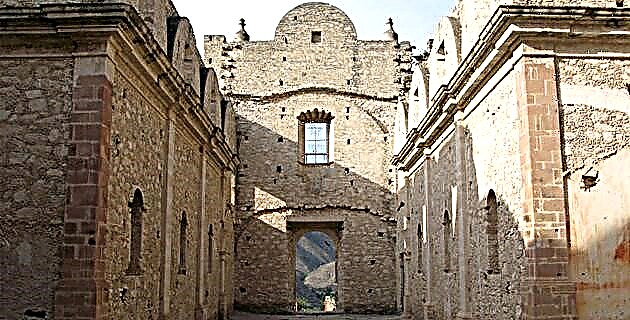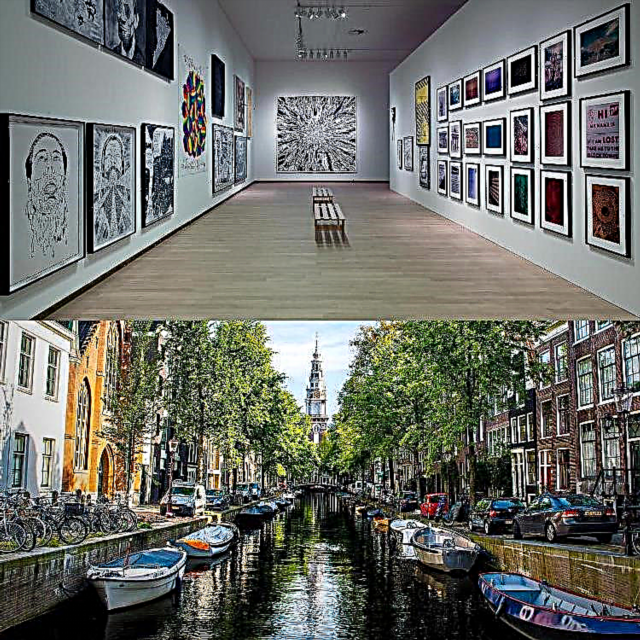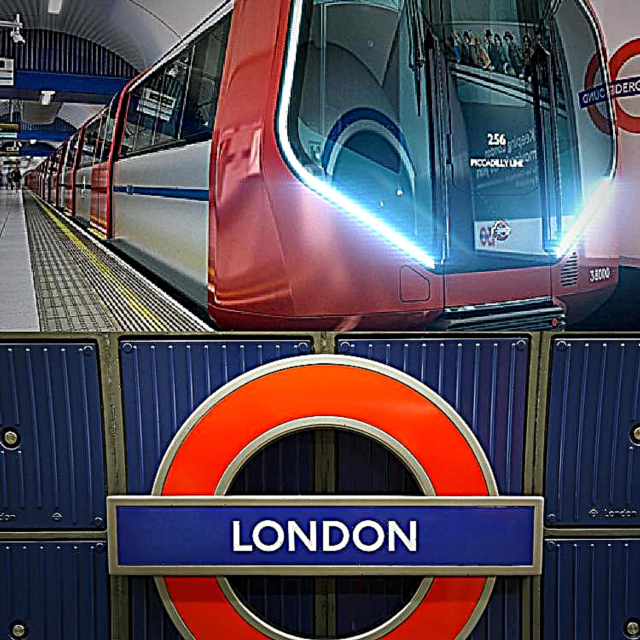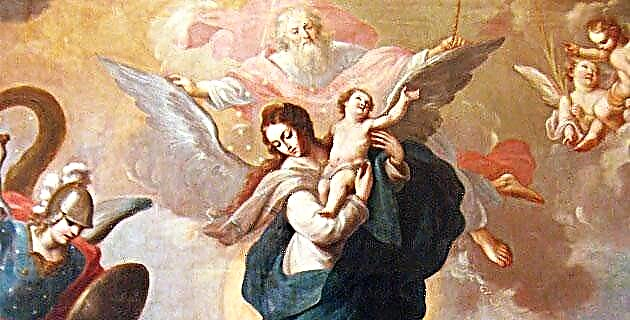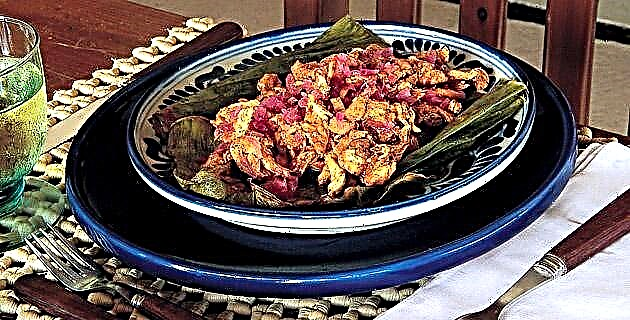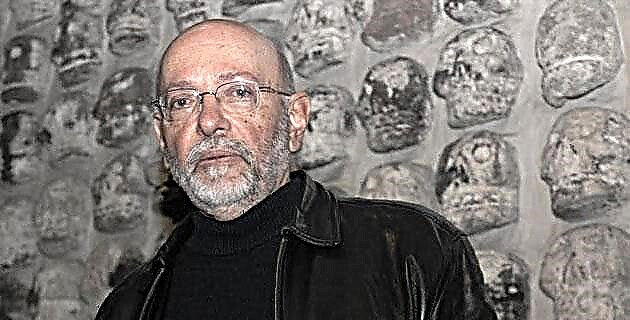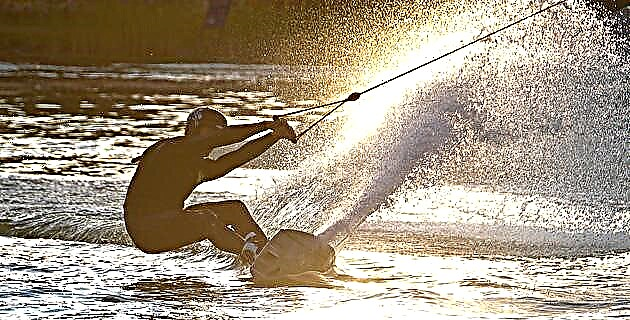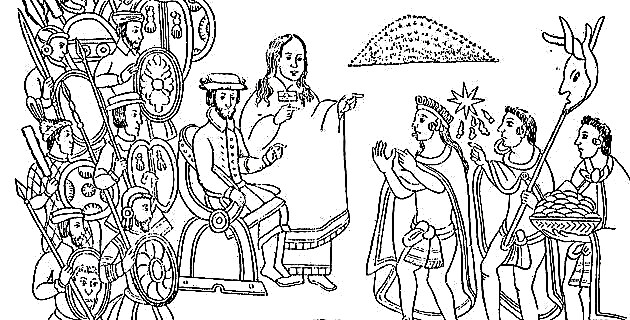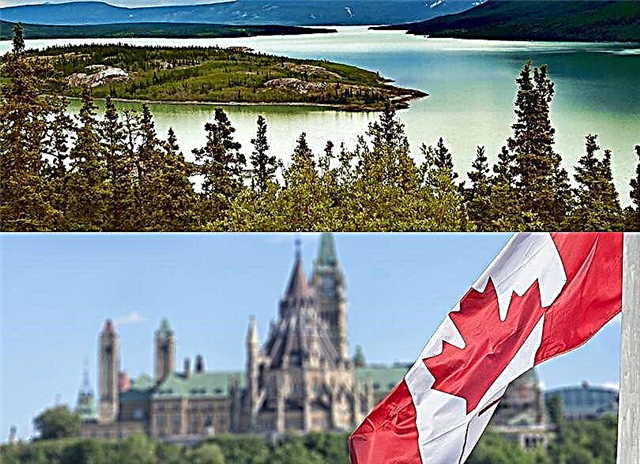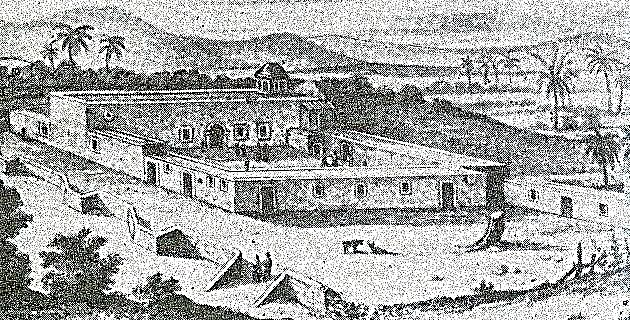
The colonization of these distant lands was achieved thanks to the unshakable will and tireless work of a group of Jesuit missionaries who, knowing that the conquerors had not been able to subdue the aborigines, decided to bring the gospel to them, thus achieving with the word what that had not been achieved by means of arms.
It was thus that at the end of the 17th century, under the enthusiastic initiative of the Jesuit Eusebio Kino, who obtained from the Spanish authorities permission to embark on the expedition of Admiral Isidro Atondo y Antillón, the missionaries arrived at what was then believed to be an island, to evangelize its untamed inhabitants. In order to grant permission, the Crown had made it a condition that the conquest be carried out in the name of the King of Spain and that the missionaries themselves obtain the resources to carry out the undertaking.
The first mission, Santa María de Loreto, was founded in 1697 by Father José María Salvatierra, who had been in Tarahumara, and whom Father Kino proposed to carry out the great work. Santa María de Loreto was for more than a hundred years the political, economic and religious capital of the Californias.
During the next three-quarters of a century, the missionaries founded a chain of eighteen superb fortresses, linked by the so-called "royal road" that they themselves built, connecting the Los Cabos region, in the south of the peninsula, to the current border with our neighbor to the north; This was possible because among the missionaries there were chaplains with knowledge of construction and hydraulic engineering.
Some of these formidable constructions survive in perfect condition, such as that of San Ignacio, one of the most beautiful and best preserved, built by Father Juan Bautista Luyando in 1728; that of San Francisco Javier, founded in 1699, which consisted of a humble adobe chapel and a priest's house built by Fray Francisco María Piccolo; The current building was built in 1774 by Father Miguel Barco, and due to its beautiful architecture it has been considered "the jewel of the missions of Baja California Sur"; that of Santa Rosalía de Mulegé, established in 1705 by Father Juan María Basaldúa, 117 kilometers north of Loreto, was one of the best located, since it was built in an oasis by the sea.
The missions combined the beauty of the architecture and the richness of the decoration with a practical environment, which allowed permanent settlements to be established around them. The missionaries not only evangelized the aborigines, but they taught them to make the desert fruitful with date palms; they introduced livestock and the cultivation of corn, wheat and sugarcane; They managed to make the land produce fruit trees such as avocado and figs, and in order to comply with the religious rites that required wine and oil, they obtained permission to cultivate the vine and the olive tree, which was prohibited in the rest of the New Spain, and thanks to this today, excellent wines and olive oil are produced in the region. And if all this were not enough, they also introduced the first rose bushes that flourished in these lands and that today adorn the parks and gardens of the entire peninsula.

